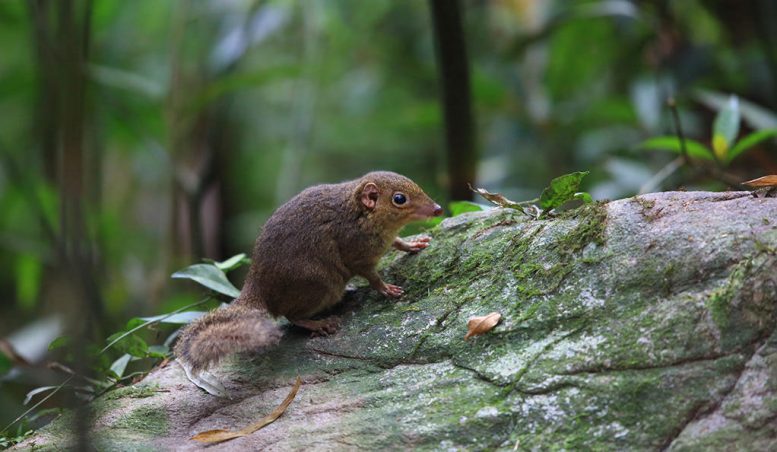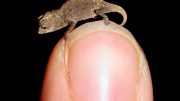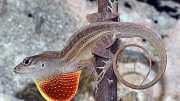A new study has exposed the common treeshrew, a small and skittish mammal that inhabits the tropical forests of Southeast Asia, as an ecogeographical rule breaker.
According to the study — published in the journal Ecology and Evolution — Tupaia glis, the common treeshrew, defies two widely tested rules that describe patterns of geographical variation within species: the island rule and Bergmann’s rule.
The island rule predicts that populations of small mammals evolve larger body sizes on islands than on the mainland, whereas island-bound large mammals evolve smaller body sizes than their mainland counterparts. Bergmann’s rule holds that populations of a species in colder climates — generally located at higher latitudes — have larger body sizes than populations in warmer climates, which are usually at lower latitudes.
In order to determine treeshrew body size from populations on the Malay Peninsula and 13 offshore islands, the researchers measured 260 specimens collected over the past 122 years and housed in six natural history museums in Europe and North America. They tested multiple variables, analyzing how island size, distance from the mainland, maximum sea depth between the mainland and the islands, and latitude relate to body size in the treeshrew populations. They found that the island rule and Bergmann’s rule, which are rarely tested together, do not apply to common treeshrews.
The study revealed no size difference between mainland and island populations. It also revealed that treeshrews invert Bergmann’s rule: Individuals from lower latitudes tended to be larger than those located at higher latitudes.
“Determining the causes of geographical variation within a species is critical to understanding underlying mechanisms of evolutionary patterns,” said Eric J. Sargis, professor of anthropology at Yale University and the study’s first author. “Our analysis demonstrates the need to assess multiple variables simultaneously when studying ecogeographical rules in a broadly distributed species like the common treeshrew, as multiple factors may have influenced how populations evolved.”
The researchers found that a treeshrew population’s latitude was the variable most related to body size. Maximum sea depth between the mainland and islands was a secondary driver of body size, with treeshrews on islands separated from the mainland by deeper waters typically exhibiting larger body size, the researchers said. The study also showed that treeshrews on smaller islands tend to have smaller body sizes.
Link E. Olson, curator of mammals at the University of Alaska Museum and a co-author of the study, emphasized the importance of museum collections in this and similar studies.
“Without well-documented and curated voucher specimens collected from numerous localities and in large enough numbers to assess statistical significance, we simply could not have done this research,” Olson said, adding that these same specimens have allowed the team to identify several additional treeshrew species in the last five years.
Sargis, who is curator of mammalogy and vertebrate paleontology at the Yale Peabody Museum of Natural History (YPM), co-authored the study with Virginie Millien, associate professor and curator of zoology and paleontology at the Redpath Museum and director of the Gault Nature Reserve, McGill University; Neal Woodman, U.S. Geological Survey research zoologist and curator of mammals for the Patuxent Wildlife Research Center at the Smithsonian Institution’s U.S. National Museum of Natural History; and Olson, who is professor of biology and wildlife at the University of Alaska, a curatorial affiliate in mammalogy at the YPM, and a former Yale Institute for Biospheric Studies Bass Distinguished Visiting Environmental Scholar.
The National Science Foundation, the Natural Sciences and Engineering Research Council of Canada, and U.S. Geological Survey’s Patuxent Wildlife Research Center supported this research.
Reference: “Rule reversal: Ecogeographical patterns of body size variation in the common treeshrew (Mammalia, Scandentia)” by Eric J. Sargis, Virginie Millien, Neal Woodman and Link E. Olson, 4 January 2018, Ecology and Evolution.
DOI: 10.1002/ece3.3682









Be the first to comment on "Biologists Reveal How Common Treeshrews Break Evolutionary ‘Rules’"